
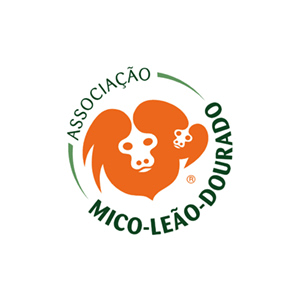
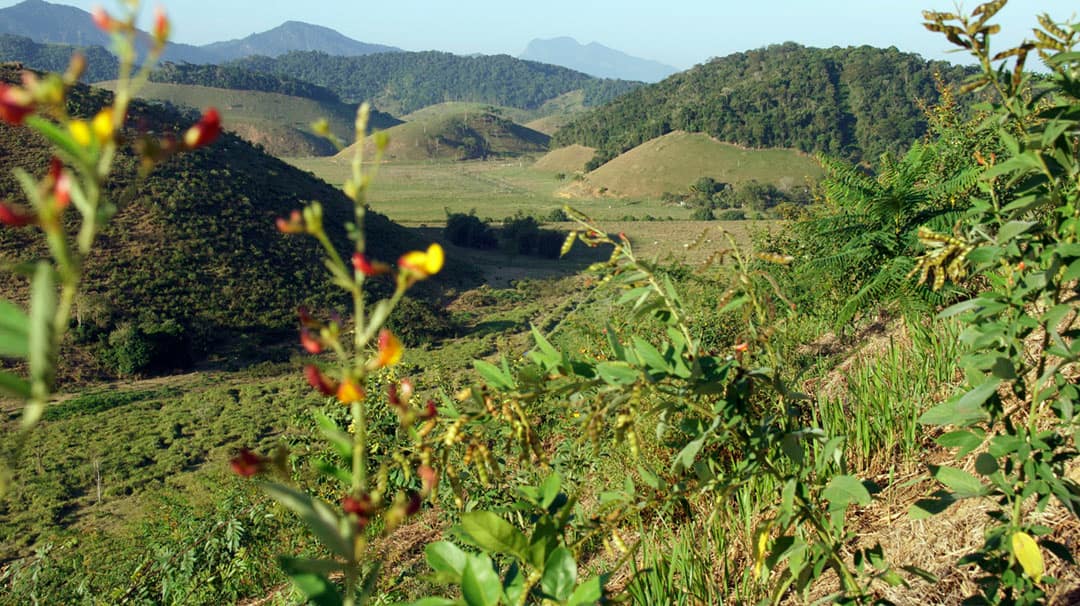
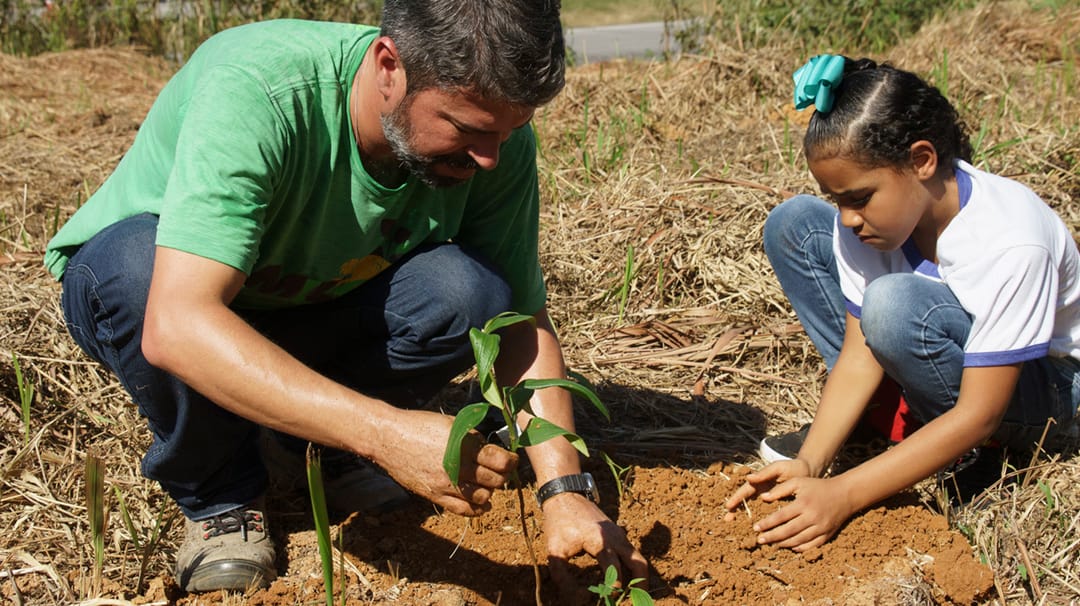

Ecological restoration of the Atlantic Forest in Brazil
2017 - 2022
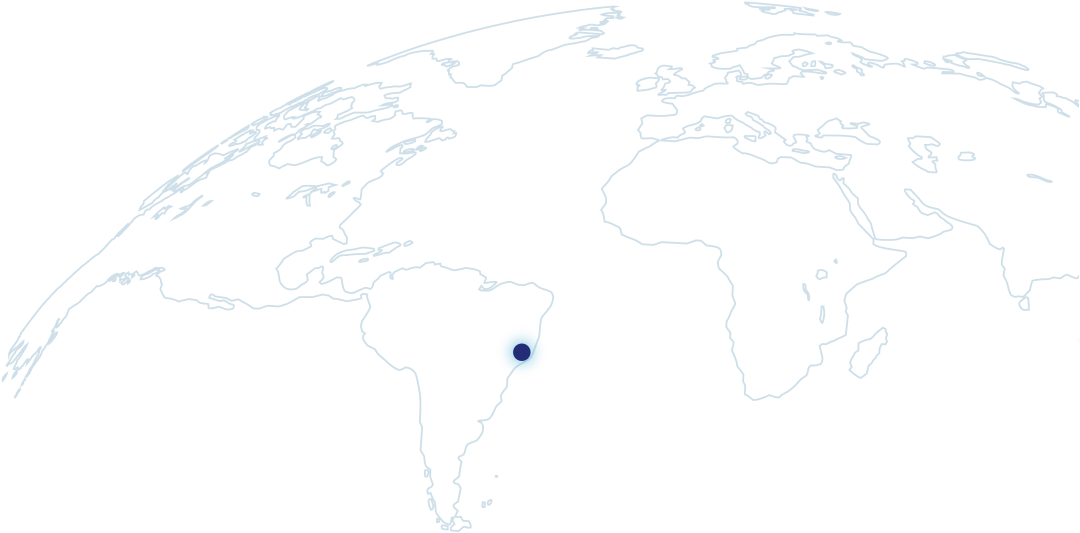
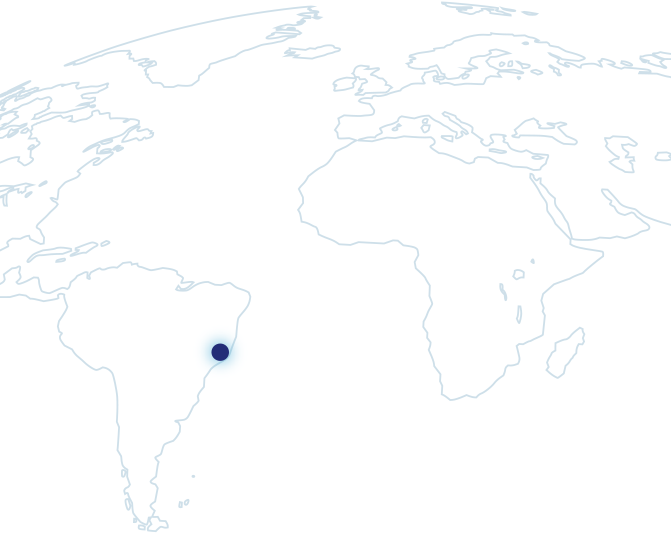
Golden Lion Tamarins (GLTs) could once be found in all of the lowland Atlantic Forest of Rio de Janeiro State in Brazil. However, centuries of deforestation for timber and charcoal production, agriculture, cattle ranching, and now urban expansion, reduced the monkey’s forest habitat to 2% of its original area. Now, all remaining wild GLTs are to be found in the São João River Basin.
They live in small and isolated forest fragments surrounded by cattle pasture and housing developments. None is large enough to support a viable population of GLTs. Unless sufficient forest fragments are reconnected and protected very soon, the monkeys will succumb to inbreeding, disease and other environmental threats—and the species will become extinct in the wild.
World experts in small-population modelling and management stated that if 2,000 GLTs would be living in connected habitat this would be adequate to meet the conservation goals of 0% probability of species extinction and 98% retention of genetic diversity over a period of 100 years. Since its creation in 1992, Associação Mico-Leão Dourado (AMLD) has been coordinating efforts to reach these goals and thereby conserve the species in its Atlantic Forest habitat.
Hereto AMLD has joined forces with a variety of government agencies, NGOs, zoos, local communities and individuals to create an integrated approach to landscape management and nature conservation. Thanks to their dedicated and ongoing reforestation efforts the number of GLTs has increased from about 200 to about 3,200 (albeit in isolated forest fragments), the species’ conservation status was upgraded from ‘critically endangered’ to ‘endangered’, deforestation was stopped in the region and GLTs have become a nationally recognized icon for Atlantic Forest conservation.
AMLD has successfully acquired the Fazenda Igarapé which consists of 236 hectares of degraded Atlantic Forest. The farm has been renovated and now serves as a base for AMLD’s work and for controlled public use and has been renamed the Golden Lion Tamarin Ecological Park. This park serves the local public with environmental education and ecotourism.
On the property, 88 hectares of cattle pasture were reforested with over 140,500 tree seedlings native to the Atlantic Forest using a variety of restoration methods.
The first wildlife overpass in Brazil was constructed, a key element for the ecosystem connectivity with the Atlantic Forest fragment on the other side of the highway.
See the article(s) below:
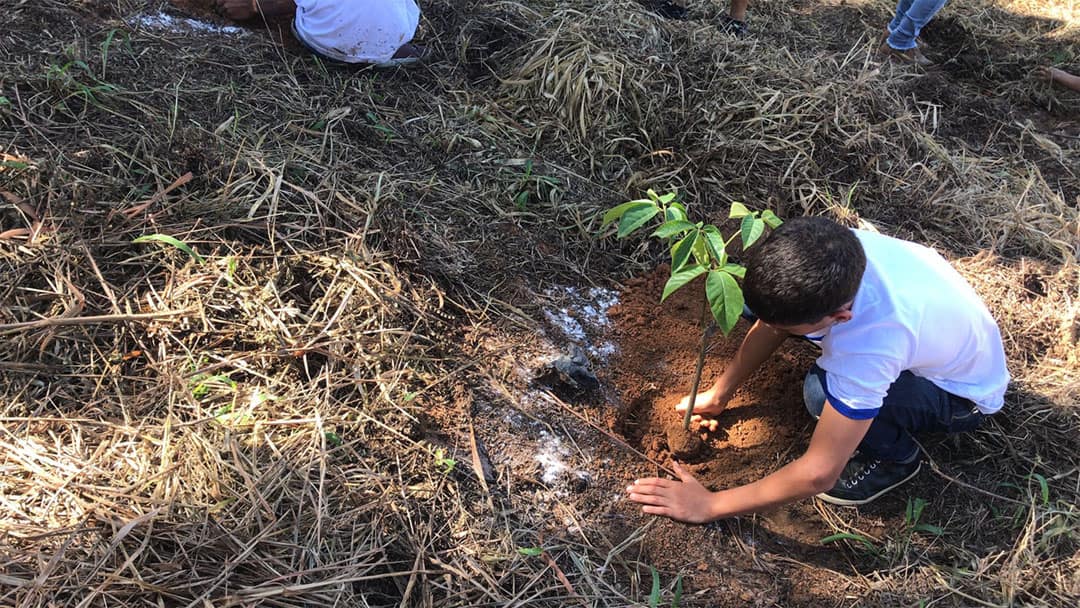
Ongoing reforestation efforts have recently resulted in the realization of the first innovative wildlife bridge in Brazil. A trip of forest, built as a corridor over the highway, serves as a road crossing for Golden Lion Tamarin.
Photocredits
– Golden Lion Tamarin in tree © Maarten de Coninck
– Planting trees © Maarten de Coninck
– Overview area © Maarten de Coninck
– Atlantic Forest © iStock
– Bridge © AMLD